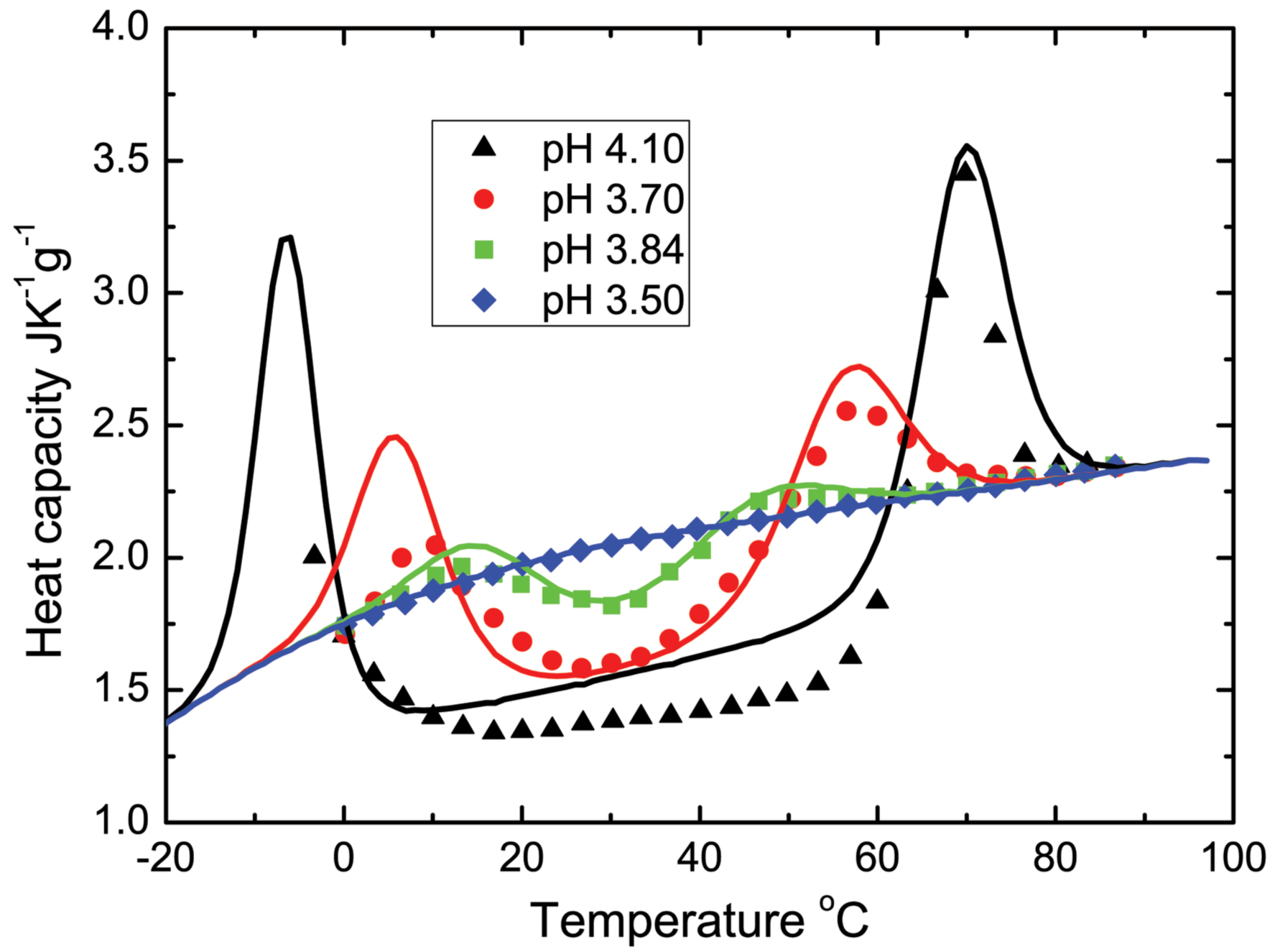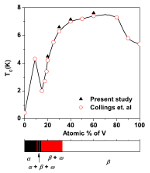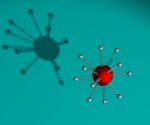News
Ludwik Leibler awarded the EPJE Pierre-Gilles De Gennes Lecture Prize for 2014
- Details
- Published on 23 June 2014

The journal EPJE – Soft Matter and Biological Physics is pleased to honour Ludwik Leibler with the 2014 EPJE Pierre-Gilles De Gennes Lecture prize. Leibler is researcher at CNRS and Adjunct Professor at ESPCI ParisTech where he directs the Laboratory for Soft Matter and Chemistry. The Editors of the journal nominated him for his seminal contributions to polymer physics and the revolutionary polymeric materials, self-healing elastomers and vitrimers that he invented. This is the 4th edition of this prestigious prize, named after the Nobel laureate who founded EPJE. The prize consist of 1000 Euros and a plenary lecture that will be introduced by Daan Frenkel, co-Editor-in-Chief of EPJE. The EPJE Pierre-Gilles de Gennes lecture will be delivered July 22nd in Lisbon, during the 9th Liquid Matter conference of the European Physical Society.
EPJ D Highlight - Deeper insights into protein folding
- Details
- Published on 19 June 2014

Physicists have published a new theoretical foundation explaining the mechanism of protein folding and unfolding in water
Investigating the structure and dynamics of so-called Meso-Bio-Nano (MBN) systems—micron-sized biological or nanotechnology entities—is a rapidly expanding field of science. Now, scientists Alexander Yakubovich and Andrey Solov'yov from MBN Research Centre in Frankfurt, Germany, have produced a new theoretical study of a protein macromolecules changing from a coil structural conformation to a globular one. Their statistic mechanics model, just published in EPJ D, describes the thermodynamic properties of real proteins in an aqueous environment, using a minimal number of free physical parameters.
EPJ B Highlight - Ti-V alloys’ superconductivity: inherent, not accidental
- Details
- Published on 12 June 2014

All of the Ti-V alloys could display a relatively high superconducting transition temperature, as it is their unusual physical properties that influence this property, unlike previously thought
Physicists from India have shed new light on a long-unanswered question related to superconductivity in so-called transition metal binary alloys. The team revealed that the local magnetic fluctuations, or spin fluctuations, an intrinsic property of Titanium-Vanadium (Ti-V) alloys, influences superconductivity in a way that is more widespread than previously thought. They found that it is the competition between these local magnetic fluctuations and the interaction between electrons and collective excitations, referred to as phonons, which determine the superconductivity. Dr. Matin, from the Raja Ramanna Center for Advanced Technology, Indore, India, and colleagues published their findings in a study in EPJ B
EPJ B Highlight - Market crashes are anomalous features in the financial data fractal landscape
- Details
- Published on 07 June 2014

Analysing the adequation of financial data structure with its expected fractal scaling could help early detection of extreme financial events because these represent a scaling irregularity
Due to their previously discovered fractal nature, financial data patterns are self-similar when scaling up. New research shows that the most extreme events in financial data dynamics—reflected in very large price moves—are incompatible with multi-fractal scaling. These findings have been published in EPJ B by physicist Elena Green from the National University of Ireland, Maynooth, Ireland and colleagues. Understanding the multi-fractal structure of financially sound markets could, ultimately, help in identifying structural signs of impending extreme events.
EPJ E Highlight - Horizontal levitation: the ultimate solution to particle separation
- Details
- Published on 07 June 2014

Separating particles from the liquid they are in can now be done with a new concept, based on horizontal deflection during particle levitation for the separation of minerals and particles.
Magnetic separators exploit the difference in magnetic properties between minerals, for example when separating magnetite from quartz. But this exercise becomes considerably more complex when the particles are not magnetic. In the wake of previous particle levitation experiments under high-power magnetic fields, a new study reveals that particles are deflected away from the magnet’s round-shaped bore centre in a horizontal direction. Previous studies had observed the vertical levitation of the particles. These findings are presented by Shixiao Liu from the Faculty of Engineering, University of Nottingham, UK and colleagues, in a paper recently published in EPJ E, and could led to a new concept in particles and minerals separation technologies.
EPJ E Highlight - Elucidating optimal biological tissue shape during growth
- Details
- Published on 28 May 2014

A new study investigates the role of cells’ alignment in shaping biological tissue, as cell division provides dynamic evolution during tissue growth.
A team of European scientists has now extended a previous biophysical model to investigate elongated growth within biological tissues to describing the evolution over time of the shape of a fruit fly’s wing. They found the aspect ratio of the typical biological shapes may exhibit a maximum at finite time and then decrease. For sufficiently large tissues, the shape is expected to approach that of a disk or sphere. These findings have been reported by Carles Blanch-Mercader from the University of Barcelona, Spain, and colleagues, in a paper published in EPJ E. They provide a more general classification than previously available of the different types of morphologies a tissue can be expected to attain, depending on its initial size and its physical properties.
EPJ Techniques and Instrumentation – A new Open-Access Journal
- Details
- Published on 16 May 2014

The publishers are pleased to announce the publication of the first articles in the latest EPJ open-access journal – EPJ Techniques and Instrumentation.
EPJ Techniques and Instrumentation focuses on the design, implementation, and application of new techniques in all areas of the physical and applied sciences.
EPJ B Highlight - Particles near absolute zero do not break the laws of physics after all
- Details
- Published on 07 May 2014

A change of models demystifies anomalous particle behaviour at very low temperatures, confirming that the third law of thermodynamics cannot be violated
In theory, the laws of physics are absolute. However, when it comes to the laws of thermodynamics—the science that studies how heat and temperature relate to energy—there are times where they no longer seem to apply. In a paper recently published in EPJ B, Robert Adamietz from the University of Augsburg, Germany, and colleagues have demonstrated that a theoretical model of the environment’s influence on a particle does not violate the third law of thermodynamics, despite appearances to the contrary. These findings are relevant for systems at the micro or nanometer scale that are difficult to decouple from the heat or the quantum effects exerted by their environment.
EPJ E Highlight - Stability lost as supernovae explode
- Details
- Published on 29 April 2014

A new model accounting for the loss of stability occurring at the very start of supernova explosions sheds some new light on this phenomenon, opening up potential broader applications
Exploding supernovae are a phenomenon that is still not fully understood. The trouble is that the state of nuclear matter in stars cannot be reproduced on Earth. In a recent paper published in EPJ E, Yves Pomeau from the University of Arizona, USA, and his French colleagues from the CNRS provide a new model of supernovae represented as dynamical systems subject to a loss of stability, just before they explode. Because similar stability losses also occur in dynamical systems in nature, this model could be used to predict natural catastrophes before they happen. Previous studies of the creeping of soft solids, earthquakes, and sleep-wake transitions have already confirmed the validity of this approach.
EPJ A Highlight – COMPASS: Radiative widths of the a2(1320) and π2(1670) mesons
- Details
- Published on 29 April 2014

Radiative transitions are among the most important and insightful processes for the investigation of atomic, nuclear and hadronic systems. They reveal the electromagnetic substructure of the involved particles. The a2(1320) meson is known since the 1980s to decay radiatively with a branching of about 0.3% into a pion and a photon. Theoretically this can be linked, for example through the vector meson dominance model, to the main hadronic decay channels.




